Kruger National Park: Giraffe

As I reached the end of S28, I turned right onto the tar road that runs alongside Sabie River. Soon after, I spotted two elephants on my right, facing each other. Their heads were tucked behind a bush, so I couldn’t tell what they were doing. Maybe they were munching on some leaves, but the way they looked at each other made me think they were having a secret meeting.
As I drove along the river, I passed by Lower Sabie Rest Camp, which is one of the biggest camps in the southern part of Kruger. Sunset Dam is located nearby and is a popular spot for watching wildlife and birds, especially during sunset.
After driving for about 7 miles (11km) past the dam, I noticed three giraffes on the left side of the road. They were standing still and observing the traffic. These tall and lanky animals have two horns called ossicones and are the tallest animals on land. Just like zebras, their spots are unique to each giraffe. Interestingly, giraffes are related to okapis, which are often mistaken for being related to zebras due to their striped hind legs.
Giraffes have a remarkably long tongue, up to 20 inches (50cm) in length, and are quite flexible, allowing them to wrap it around branches to pull off leaves. They also use their tongue to clean their nostrils. With seven neck bones, the same number as humans, but significantly larger, giraffes have a hard time drinking water due to their long legs and necks. This makes them vulnerable to predators while drinking.
While giraffes may seem awkward when running, unlike the sleekness of cheetahs, they can run up to 37mph (60km/h) and maintain that speed for several miles or kilometers.
The giraffe’s superpower is its ability to survive on only 30 minutes of sleep per day. They take lots of quick 5-minute naps during the day and spend most of their time eating (16-20 hours per day) or foraging for food. They are experts at sleeping standing up.
Leaving the giraffes to their browsing, I headed towards Nkuhlu Picnic Site.
Want to join this challenge? Click here.
More from the Kruger National Park Challenge:

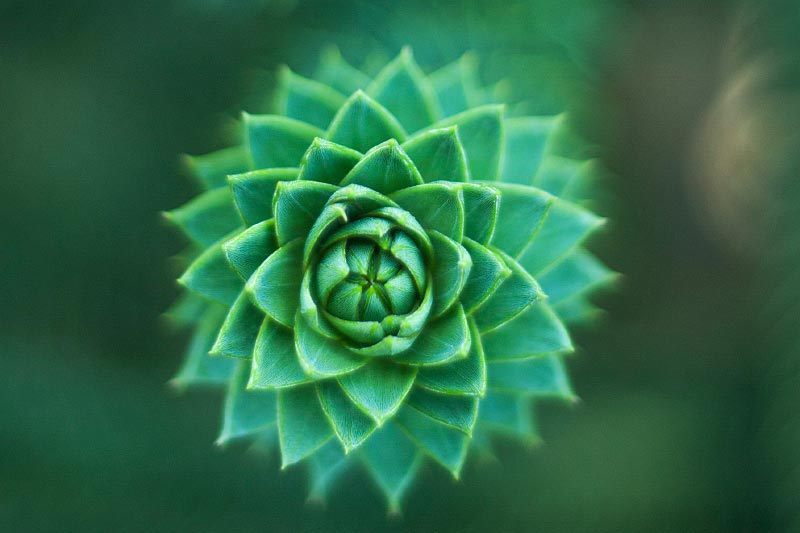

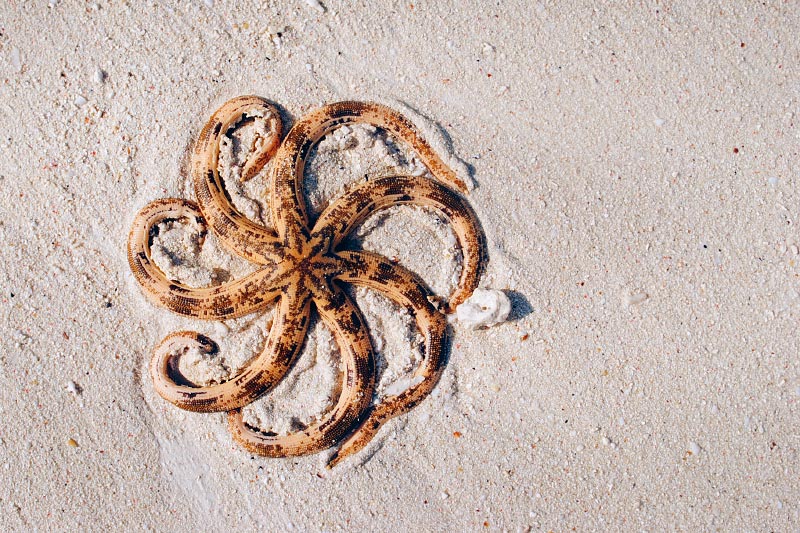
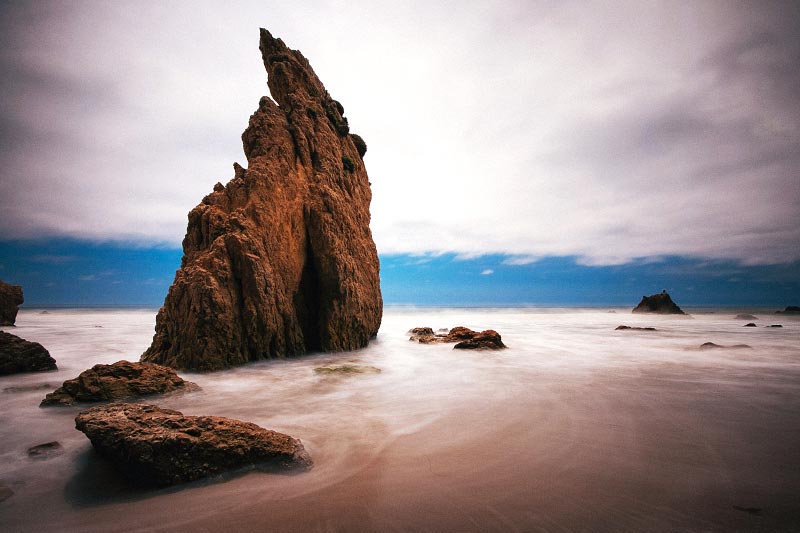
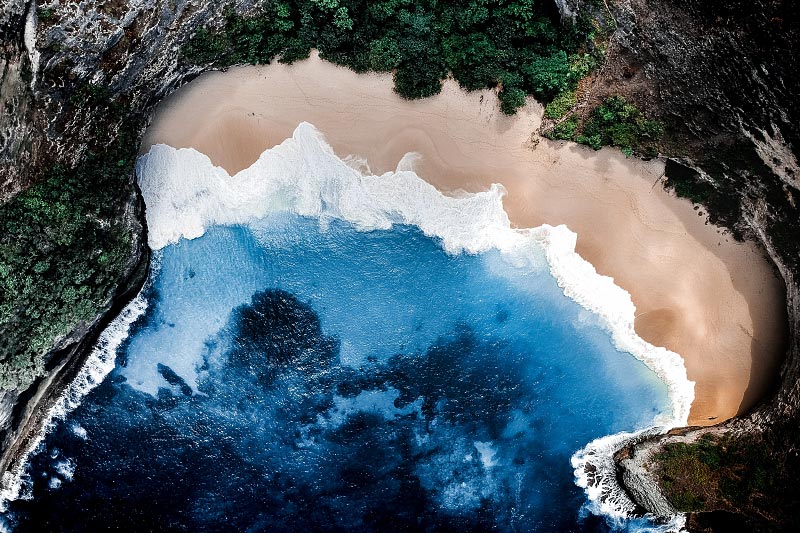
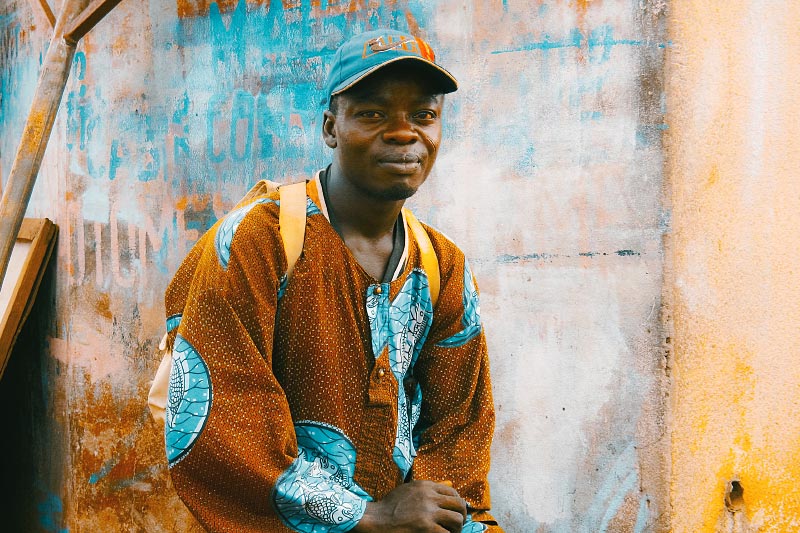
Keep In Touch